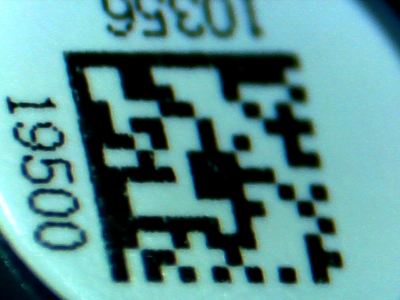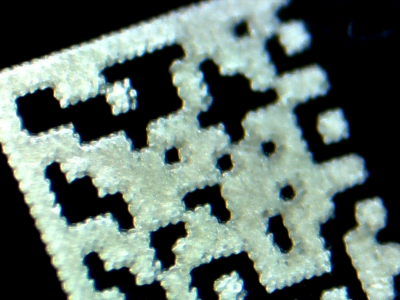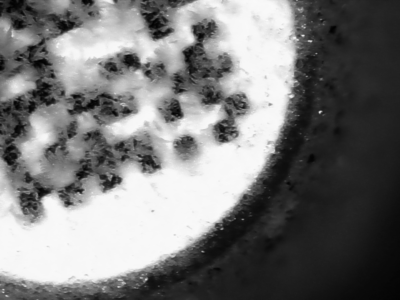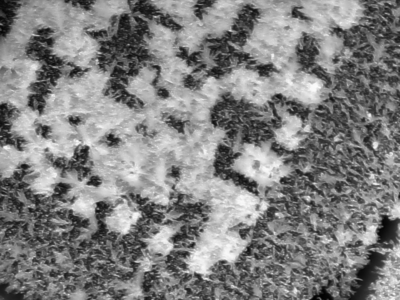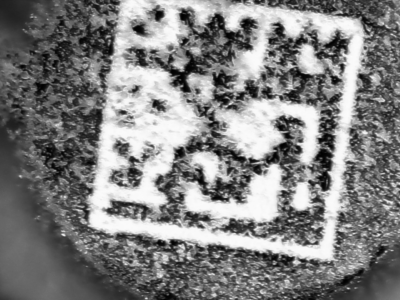In recent years, in order to better meet the needs of scientific research, biopharmaceuticals, biological samples library and other high-throughput storage, more and more organizations have constructed an ultra-low-temperature environment system for sample storage mainly based on -80℃ ultra-low-temperature refrigerator. When the samples are put into the refrigerator and then taken out, frost will appear at the bottom of the freezing tube, resulting in a lower success rate of reading the QR code at the bottom of the tube, which affects the work efficiency. Freezing tube is a plastic product, the surface is usually smooth or has a slight bump, these characteristics are easy to capture the tiny water droplets in the air. When the temperature drops, these water droplets will quickly condense into ice crystals and form frost. In order to solve the problem of frost at the bottom of the cryopreservation tubes from the root, BioBest is guided by the integrated in-mold labeling process developed by BioBest, which improves the bottom structure and provides more effective solutions for customers.
In the process of developing the solution, Biobay’s engineers started from the principle of frosting bottom layer, and studied how to inhibit the formation of condensation nucleus at the bottom of the tube. Condensation nucleus (condensation nucleus) refers to the solid, liquid and gaseous aerosol particles that play the role of condensation core in the condensation process. Condensation nucleus in the process of frost on the surface of a rough object, the roughness of the surface has a significant effect on the formation and distribution of frost. Rough surfaces usually have more tiny depressions and protrusions, and these tiny topographical features provide more attachment points for condensation nuclei. When water vapor in the air comes into contact with these rough surfaces, condensation nuclei are easily trapped and lodge in these irregular surface structures.
Rough surfaces are more likely to attract condensation nuclei than smooth surfaces. This is due to the fact that the unevenness of the surface increases the contact area, making it easier for tiny airborne particles to be deposited on it. This adsorption not only increases the number of condensation nuclei on the surface, but also makes the condensation process of water vapor on these nuclei more efficient, which in turn promotes the rapid formation and accumulation of frost. In addition, surface roughness has an important influence on the initial stage of frost crystal formation. Tiny grooves in rough surfaces are more likely to collect initial water droplets when the temperature drops just below freezing. These small droplets preferentially form frost crystals within the grooves as they gradually cool and freeze. This process reflects the “guiding effect” of the rough surface on the formation of frost crystals, i.e. its structural characteristics determine the initial location and shape of the frost crystals.
Bann cryopreservation tube adopts self-developed integrated intra-film labeling process to pre-print the bottom two-dimensional code on the polymer material, and then the printed image label is directly placed into the predefined molding area on the mold, so that the label and the container are fused together in the process of product injection molding, and the label is flush with the surface of the product. This process compared to the mainstream laser etching code-making process can make the bottom of the tube to achieve better integrity, thus fundamentally solve the problem of rough bottom of the tube due to etching so that the bottom of the tube adsorption of more condensation nuclei, thus causing more serious frost problems.
In addition, Bann cryopreservation tubes provide a solution to the frost problem while maintaining the safety and quality of the SBS automation standard with high precision by covering the bottom surface with a protective layer made of polymer material. This protective layer is sufficient to meet the needs of wear-resistant under normal use, and can show good resistance under extreme working conditions such as organic solvent etching, high temperature steam sterilization, liquid nitrogen cryogenic freezing and ultrasonic cleaning.
The integrated in-film labeling process developed by Bann can provide a highly efficient solution to the inefficient decoding problems caused by frost under a system that meets high-precision automation standards.




